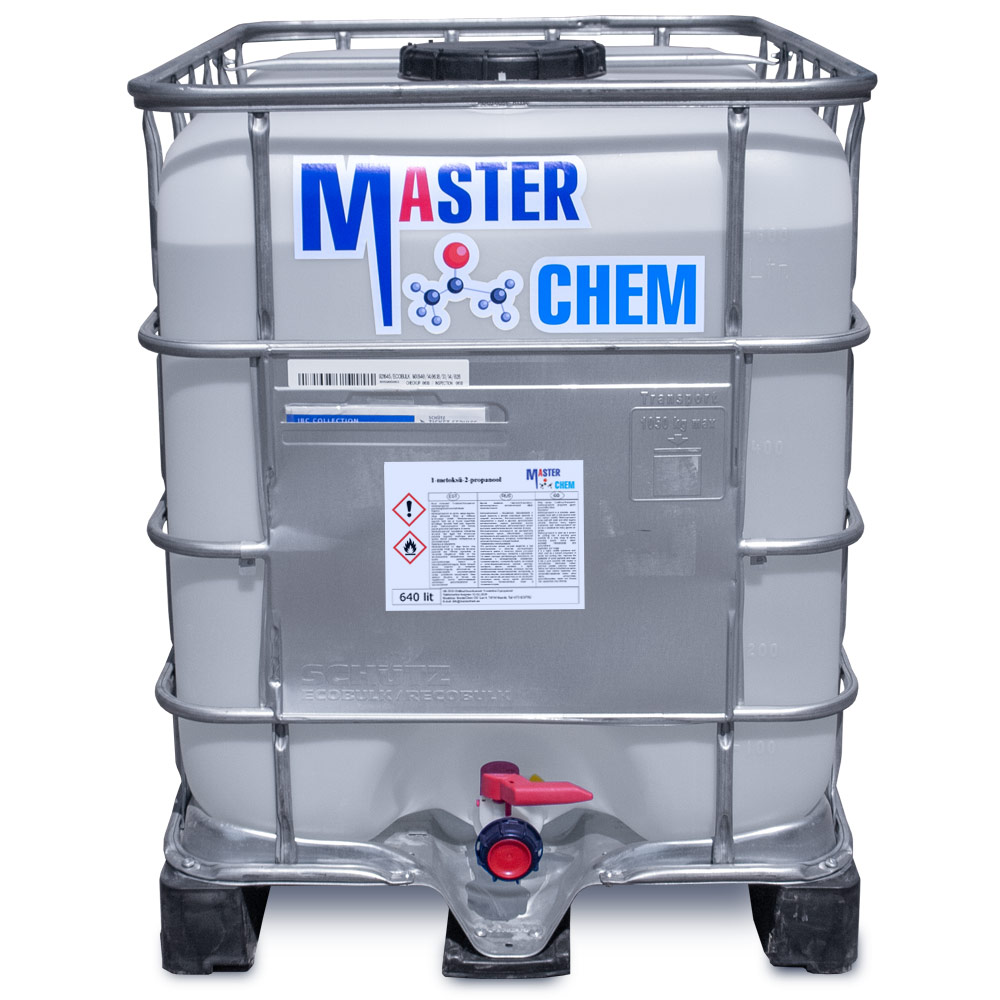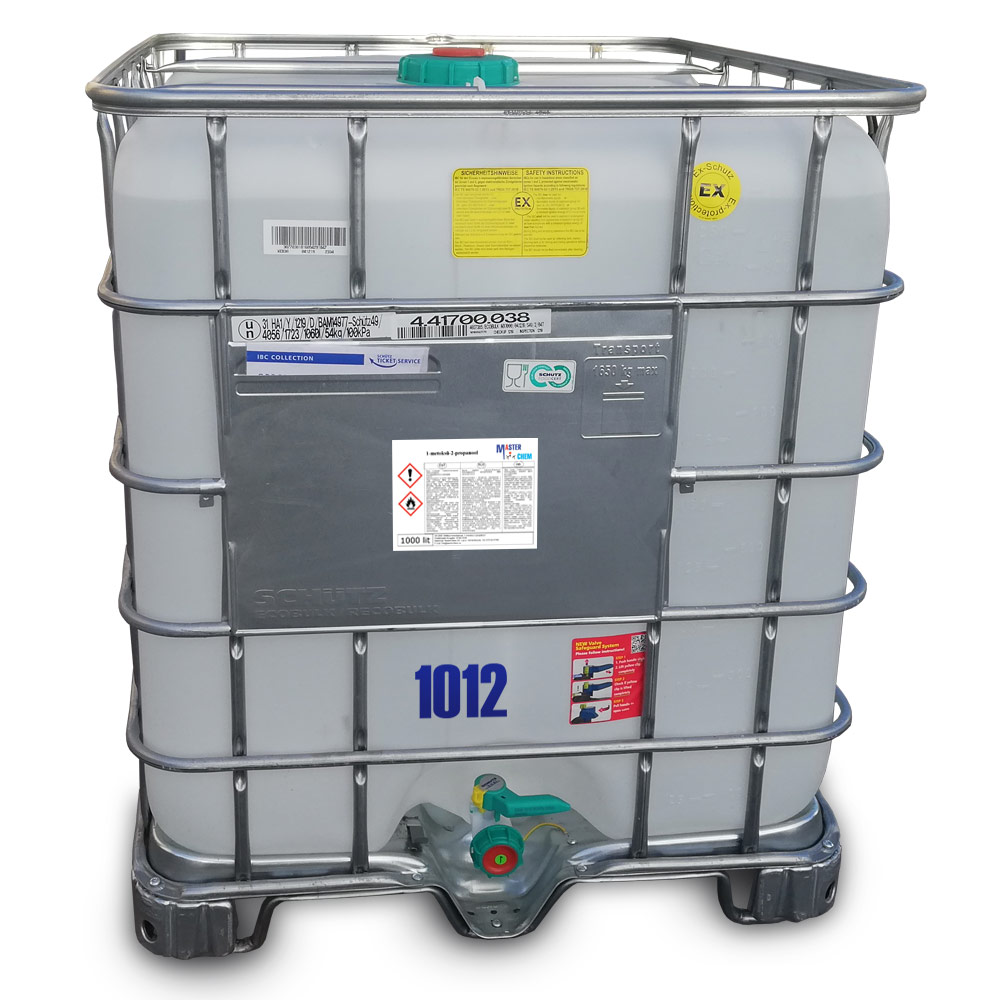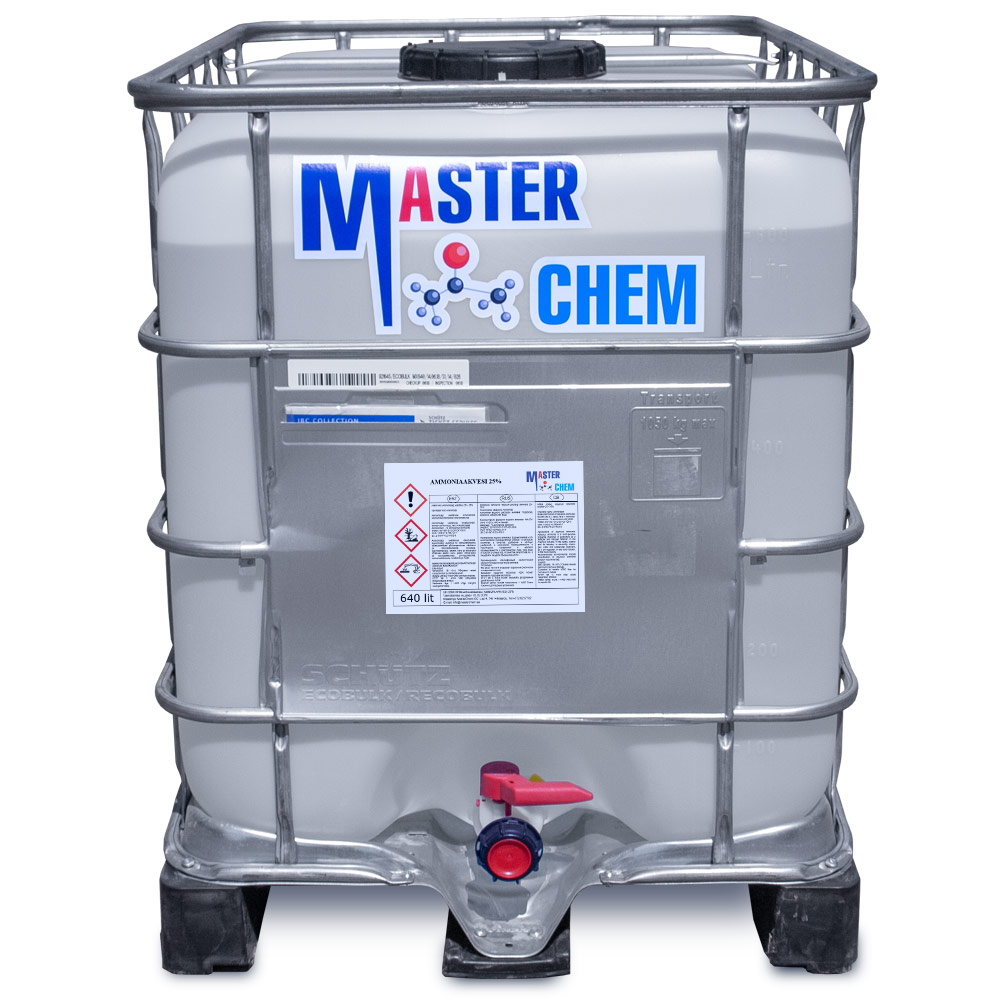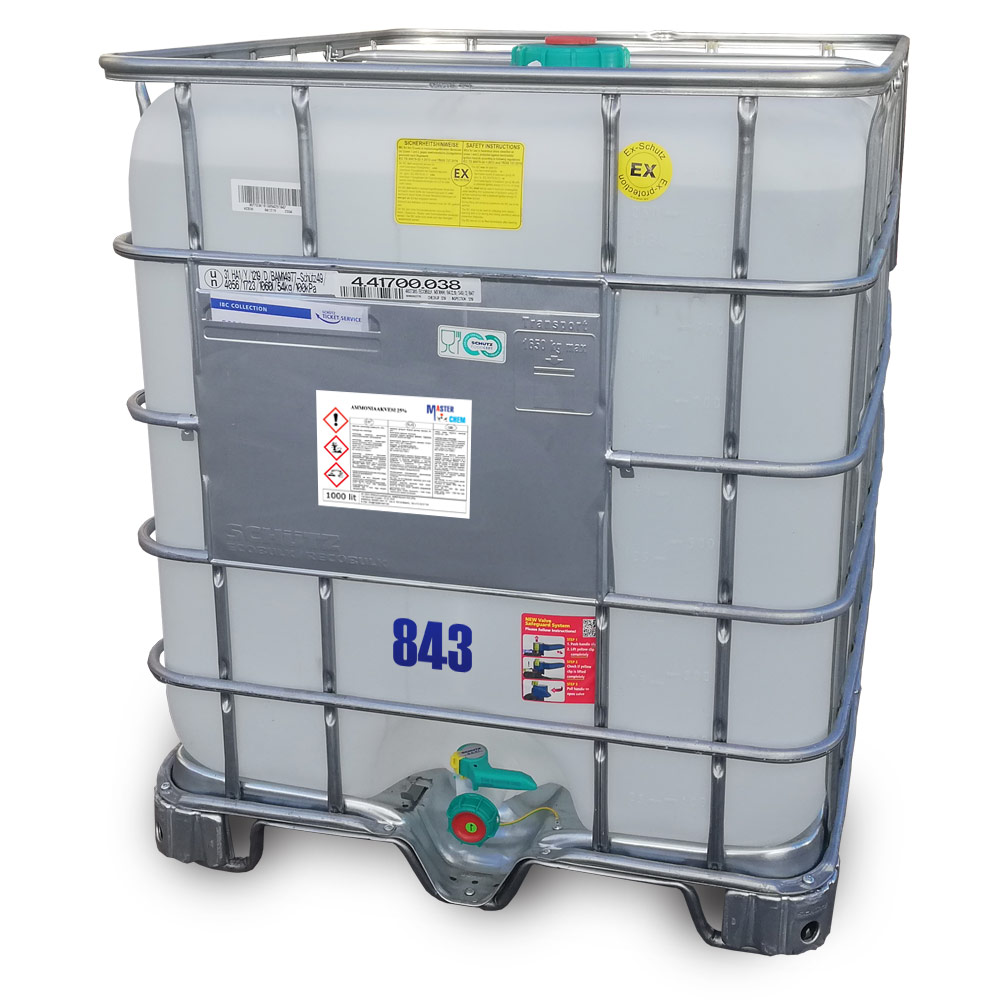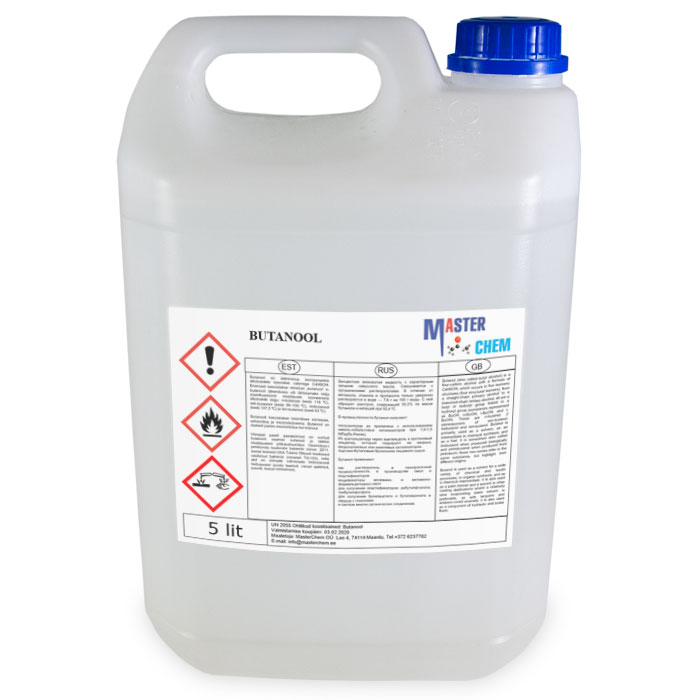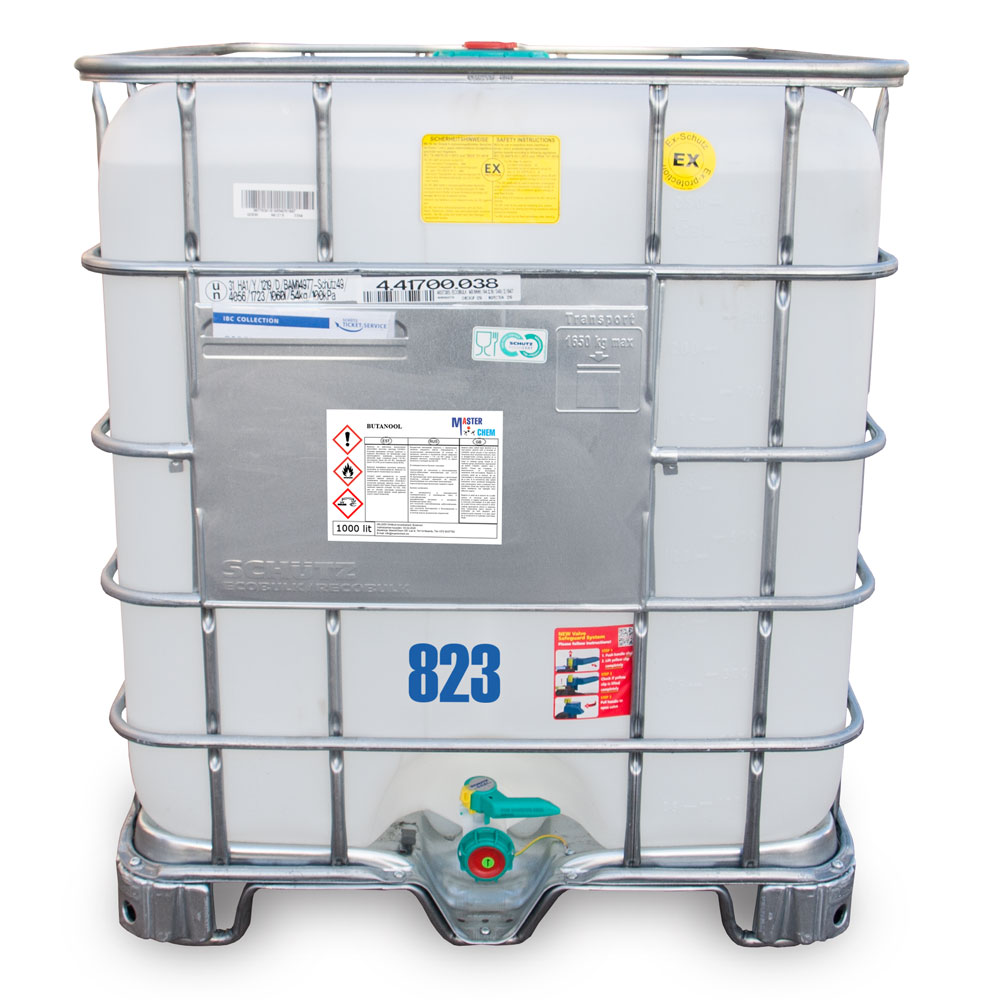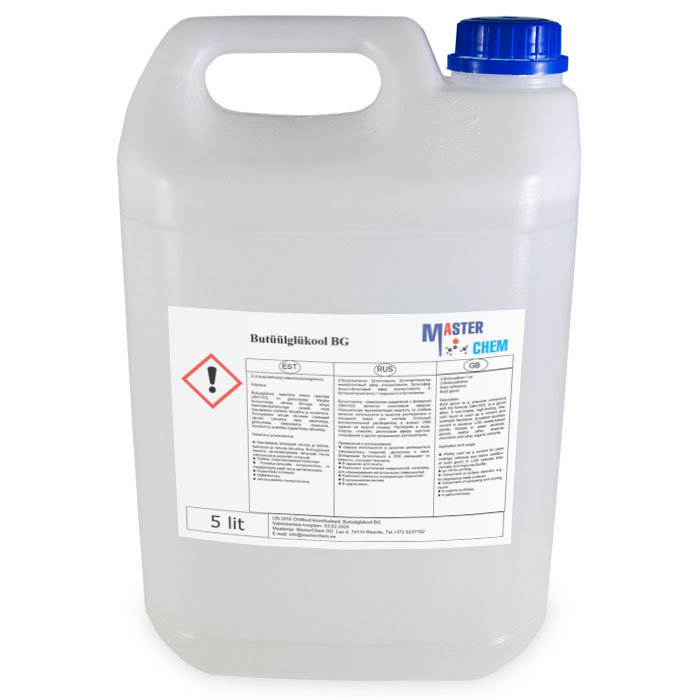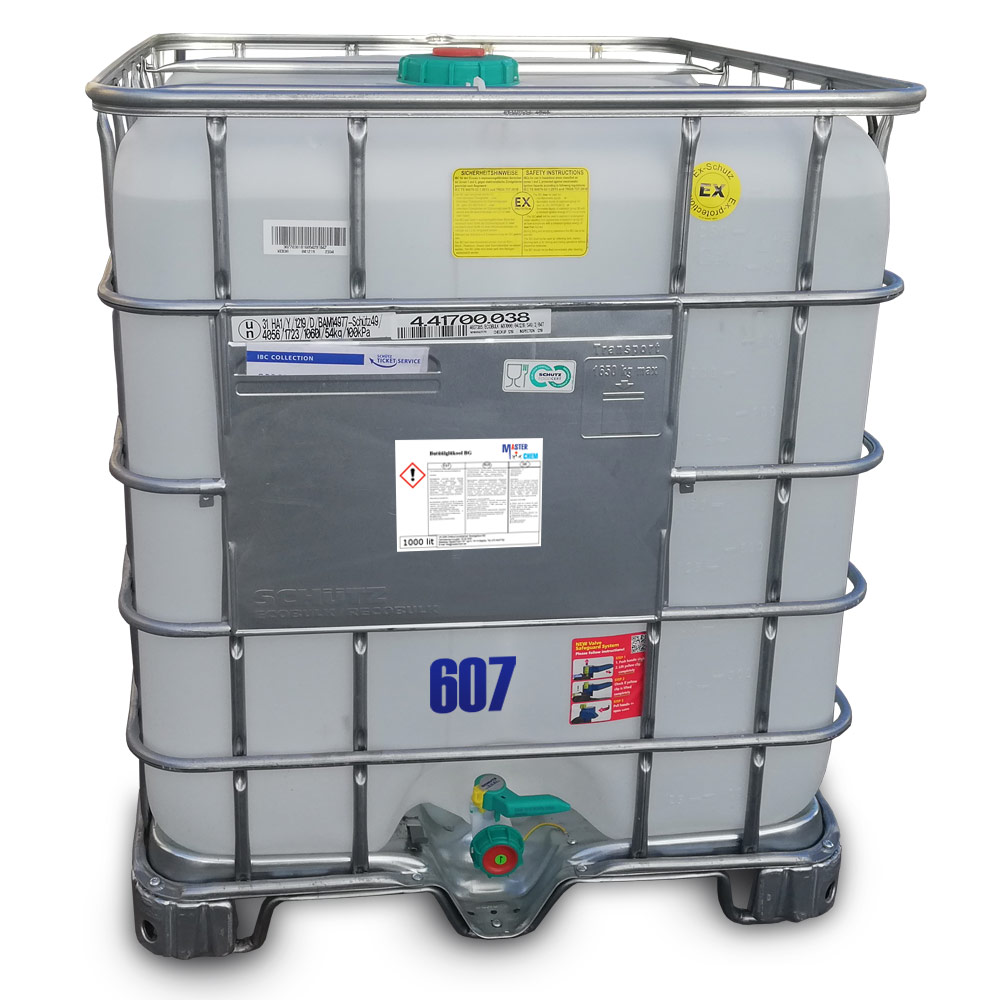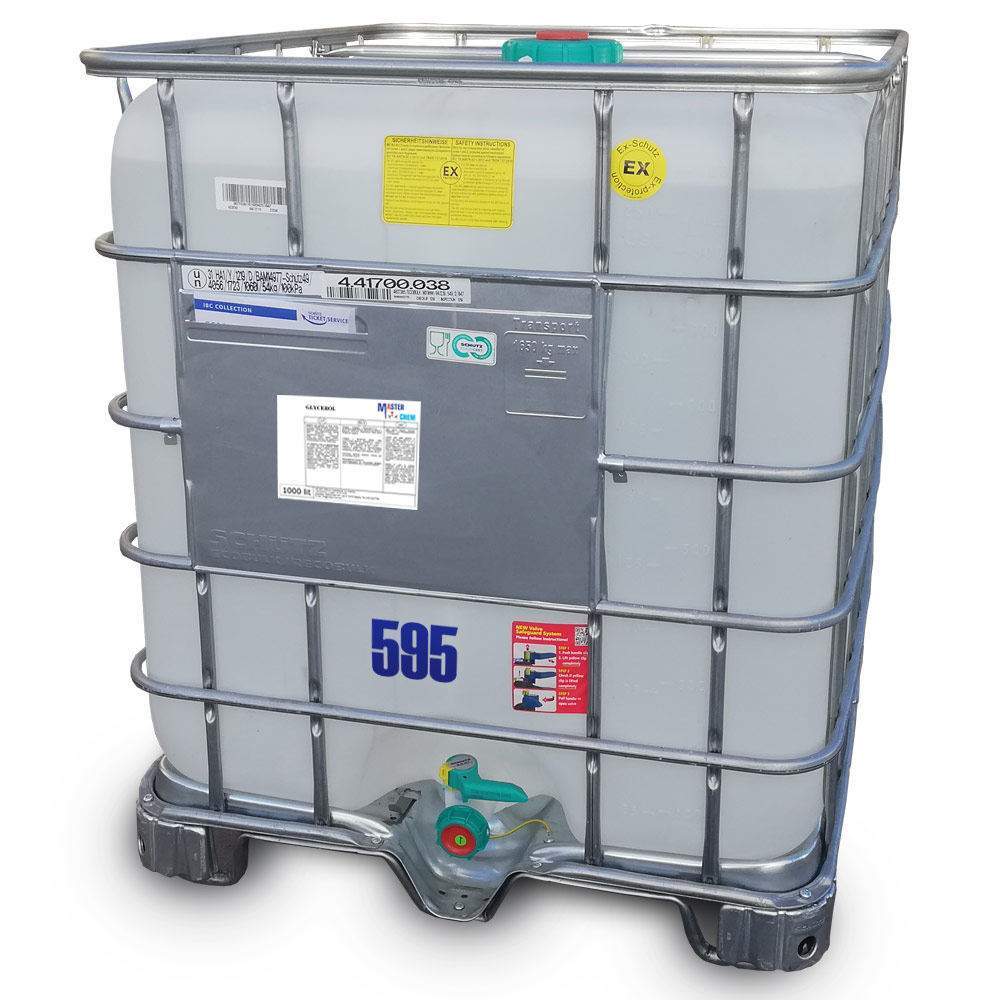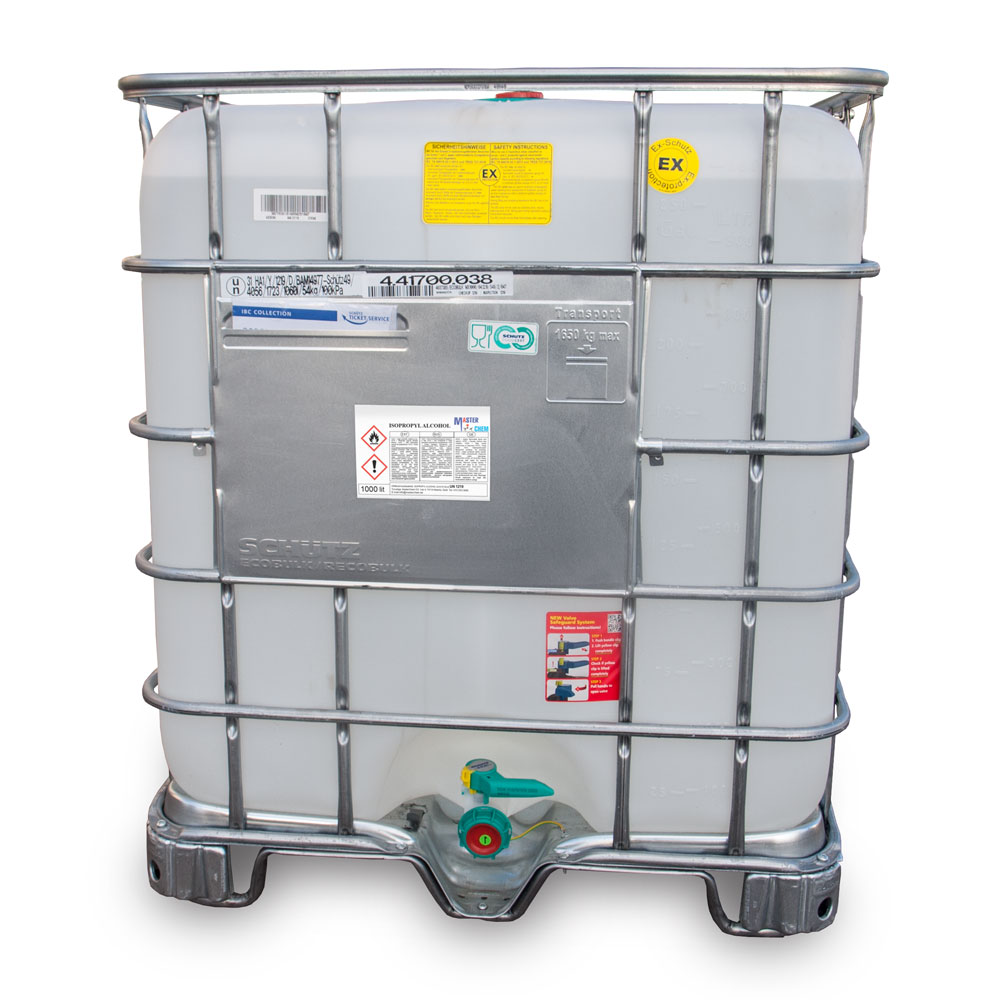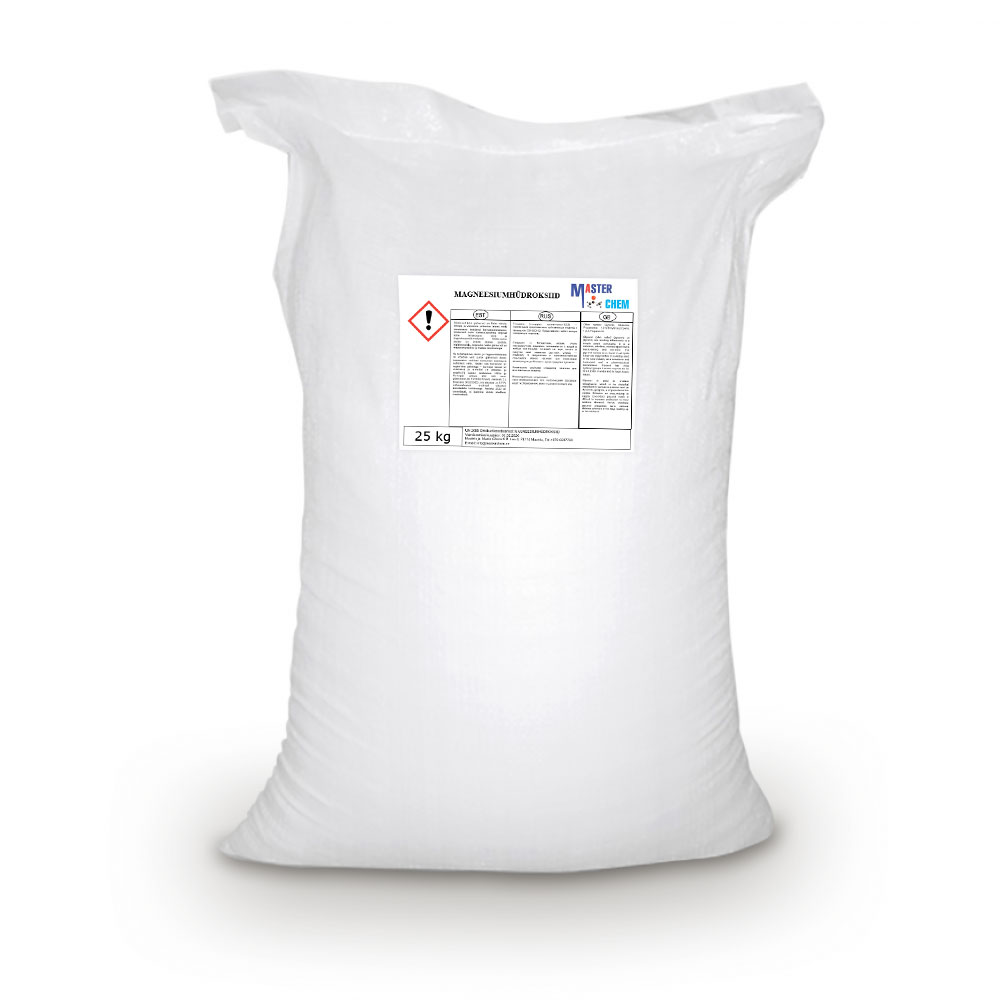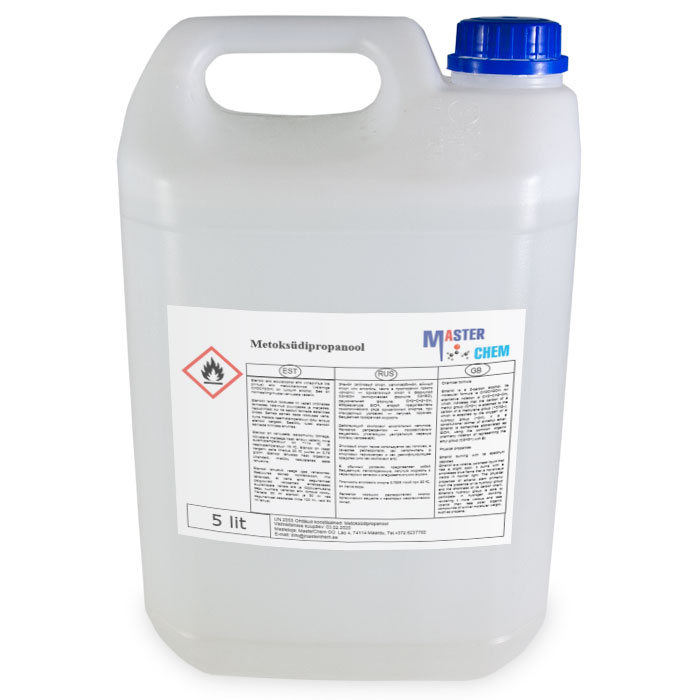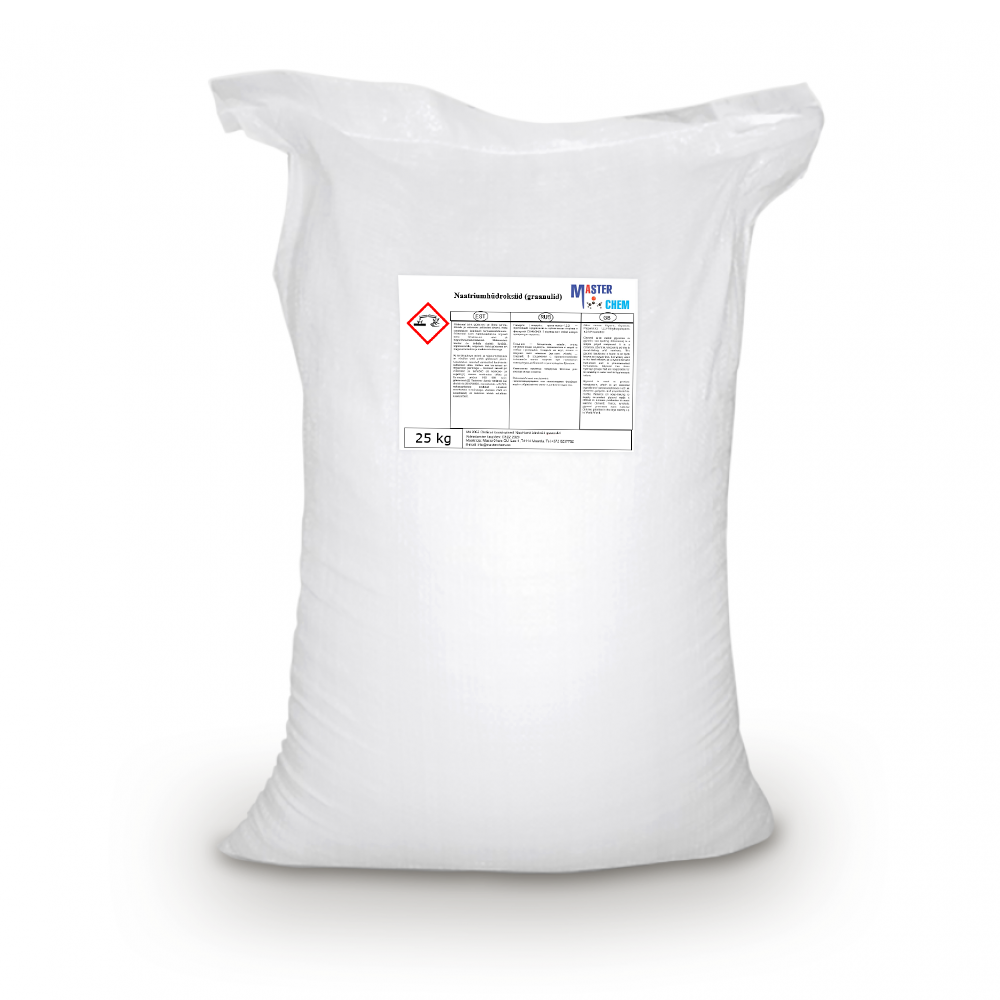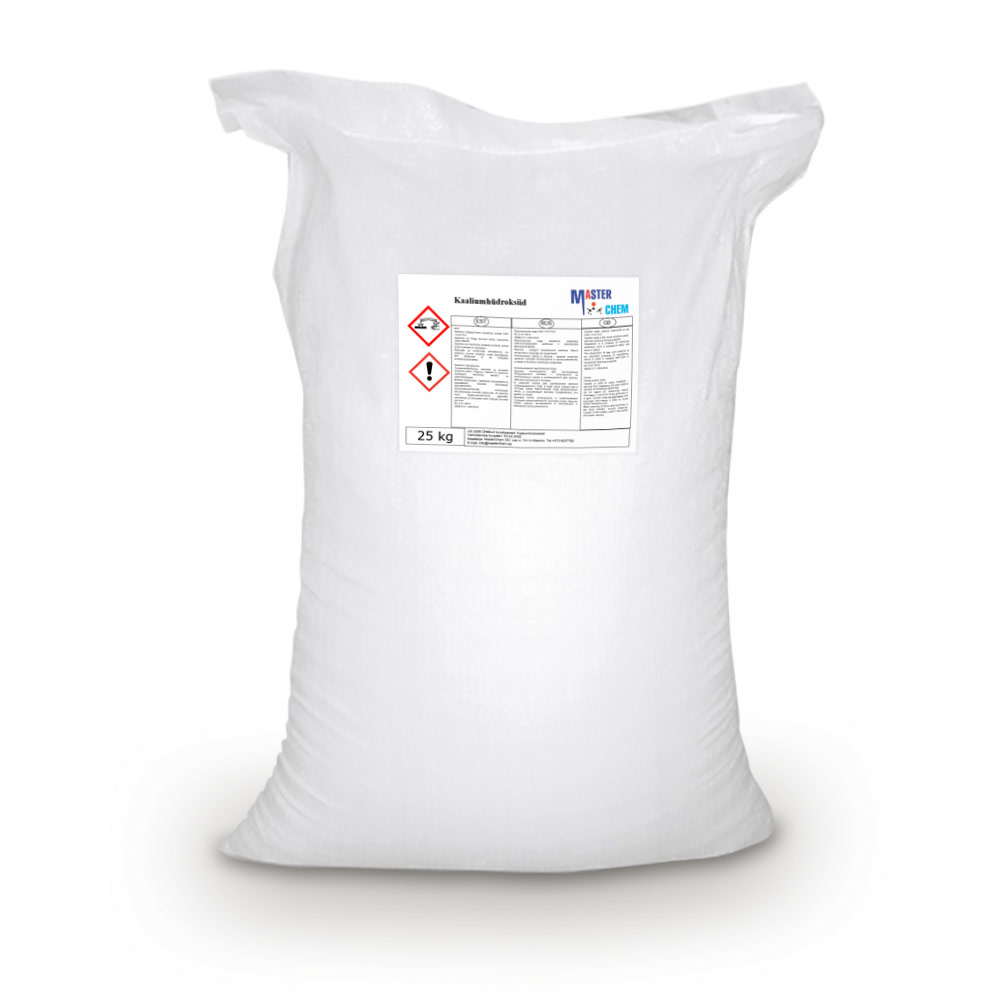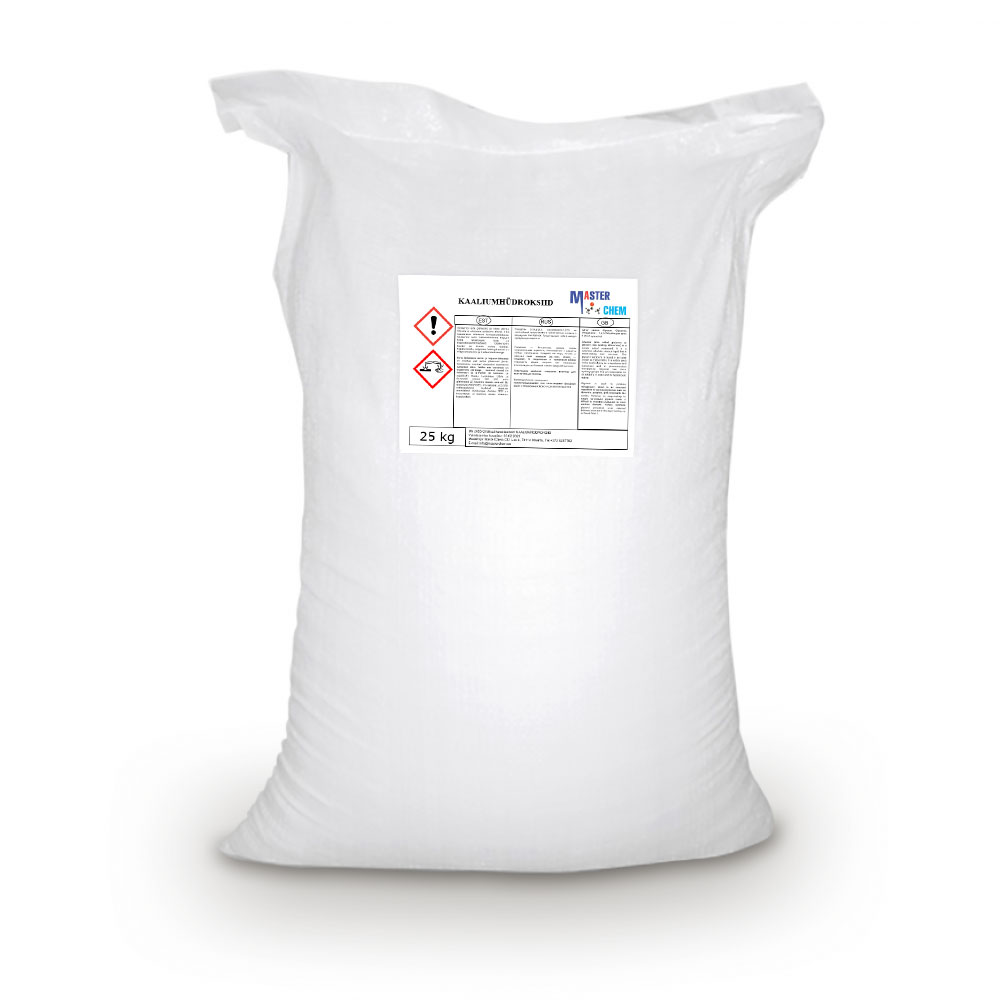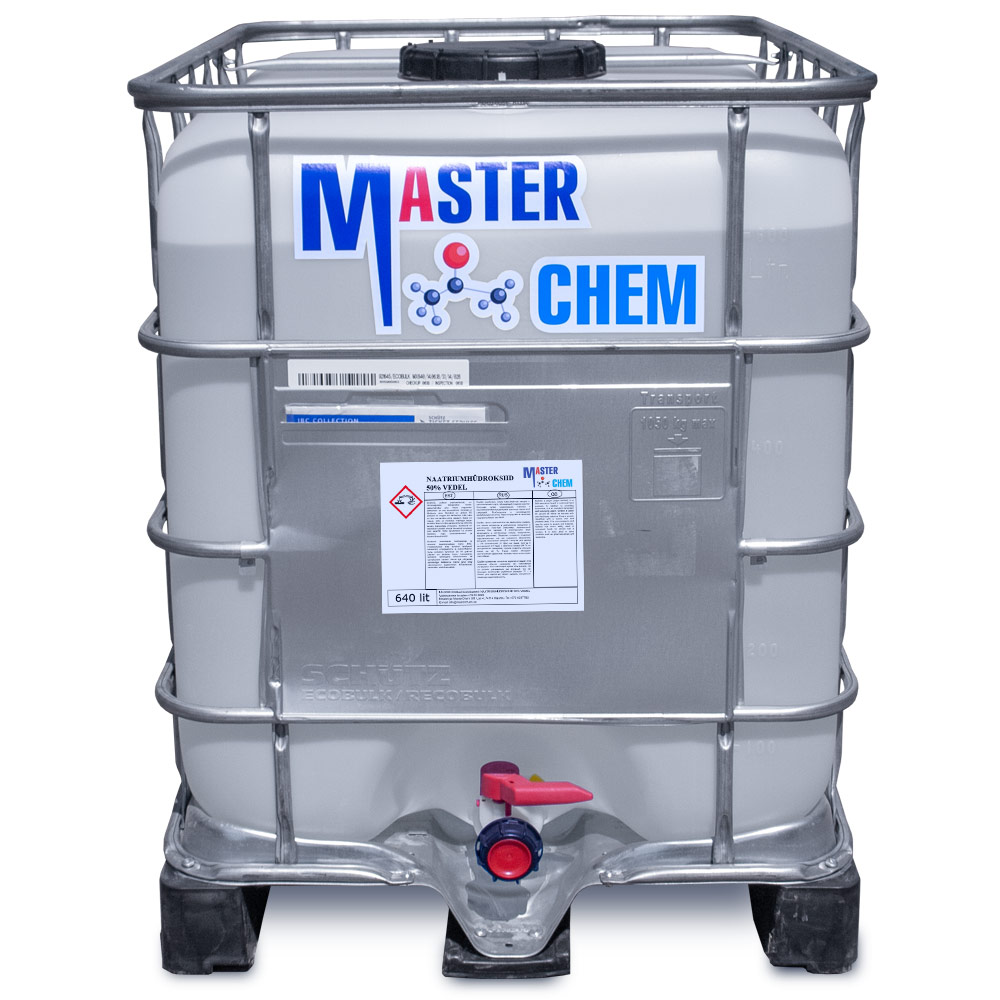Currently Empty: €0.00
1-Methoxy-2-propanol (CAS 107-98-2)
Other names: 1-methoxy-2-propanol, methoxypropanol, propylene glycol monomethyl ether
Description:
Methoxypropanol is a colorless, water-miscible liquid with a mild alcohol smell and medium volatility. Methoxypropanol mixes well with water and other organic solvents, dissolves many organic substances well, methoxypropanol can act as a substitute for many glycols (E-series).
Methoxypropanol is used as a solvent for printing inks: it provides good solubility for a wide range of resins, including acrylic, epoxy, alkyd, polyester, nitrocellulose and polyurethane.
CAS: 107-98-2
Ammonia water 25% (CAS 7664-41-7)
Ammonia water Application: multi-purpose industrial chemical (incl. Hydrometallurgy, thermal energy, etc.)
Ammonia water storage: Store in a cool, dry, well-ventilated room or outdoors in closed stainless or carbon steel, polyethylene or polypropylene containers, away from homes and workplaces, away from unauthorized persons. Storage rooms must meet the requirements for storage rooms for flammable liquids. Containers must be provided with a vent. Bottles must not be filled to the brim, the concentrated solution may cause pressure. Store away from incompatible materials (acids, organic substances, some metals and their salts)
CAS: 7664-41-7
Butanol (CAS 71-36-3)
Other names: butanol, butyl alcohol
Description:
Butanol (butyl alcohol) is a slightly oily liquid. Without color and with a bright well-expressed smell of fusel oil. It is mixed with other organic solvents. Unlike other alcohols, it is slightly soluble in water (7.6 g/100 g)
Application and usage:
The unique molecular formula, physical properties, and chemical properties of this compound determine the breadth of its use in a variety of tasks in the pharmaceutical, light, chemical and other industries. In different directions, different isomers of butanol are involved (primary, secondary and tertiary butyl alcohols, normal isobutanol). Primary butanol is used to dissolve paint products (lacquers, paints, drying oils), alkaloids, resins, plasticizers, rubbers and vegetable oils. With its participation, dibutylbenzene-1,2-dicarbonate, tributyl ether of phosphoric acid, butyl acetate and butyl ether of acrylic acid are created. Also, its use is advisable in the creation of artificial leather, textiles, durable glass, resistant to impact, photographic films and perfumes.
CAS: 71-36-3
Butyl glycol BG (CAS 111-76-2)
2-Butoxyethan-1-ol, 2-Butoxyethanol, Butyl cellosolve, Butyl glycol, Butyl monoether glycol, EGBE (ethylene glycol monobutyl ether), Dowanol EB, Bane-Clene, Eastman EB solvent, BH-33, industrial cleaner, Solvaset, 2-BE, EGMBE, Butyl oxitol, Ektasolve, Jeffersol EB
Description:
Butyl glycol is a chemical compound with the formula C6H14O2, is a glycol ether. A low-volatile, high-boiling, low-odor liquid is used as a solvent and synthesis feedstock. Excellent auxiliary solvent in aqueous LCM (water-based paints). Soluble in water, alcohols, glycols, diethyl ether, acetone, chloroform and other organic solvents.
Glycerin (CAS 56-81-5)
Other names: glycerin, glycerin, propanetriol, 1,2,3-trihydroxypropane, 1,2,3-propanetriol
Glycerin, also called glycerol, is a simple polyol compound. It is a viscous, colorless and odorless liquid, with a sweet taste and non-toxic. The glycerin backbone is found in lipids known as glycerides. Because it has antimicrobial and antiviral properties, it is widely used in FDA-approved wound and burn treatments. On the contrary, it is also used as a bacterial culture medium. It can be used as an effective marker to measure liver disease. It is also widely used as a sweetener in the food industry and as a humectant in pharmaceutical formulations. Due to the presence of three hydroxyl groups, glycerin is miscible with water and is hygroscopic in nature.
CAS: 56-81-5
Magnesium hydroxide (CAS 1309-42-8)
Magnesium hydroxide is the inorganic compound with the chemical formula Mg(OH)2. It occurs in nature as the mineral brucite. It is a white solid with low solubility in water (Ksp = 5.61×10−12). Magnesium hydroxide is a common component of antacids, such as milk of magnesia, as well as laxatives.
CAS: 1309-42-8
Methoxypropanol (CAS 107-98-2)
Propylene glycol methyl ether (PGME or 1-methoxy-2-propanol) is an organic solvent with a wide variety of industrial and commercial uses. Similar to other glycol ethers, it is used as a carrier/solvent in printing/writing inks and paints/coatings. It also finds use as an industrial and commercial paint stripper. It is used as an antifreeze in diesel engines.
CAS: 107-98-2
Oxalic acid (ethanedioic acid) (CAS 144-62-7)
Oxalic (ethanedioic) acid) is a dibasic saturated carboxylic acid, which is a chemical substance in the form of colorless crystals, soluble in water, incompletely in diethyl and ethyl alcohol, insoluble in benzene, chloroform, petroleum ether.
Application
Oxalic acid and oxalates are used in the textile and leather industries.
metallurgical (for cleaning metals from scale, corrosion, rust, oxides);
chemical (in the manufacture of dyes, plastics, ink, pyrotechnics);
textile (as a mordant when dyeing wool and silk);
microscopy (for bleaching the sections);
agriculture (as an insecticide);
pharmacology;
woodworking;
cosmetology (as part of whitening creams, masks and serums);
analytical chemistry (for the precipitation of rare earth elements);
household chemicals (as a bleaching and disinfectant component of detergents).
In addition, the substance is used to create food additives and biologically active complexes (as a preservative)
CAS: 144-62-7
Potassium hydroxide (flakes) (CAS 1310-58-3)
Potassium hydroxide, Lye, Custic potash, KOH
Potassium hydroxide, also known as lye is an inorganic compound with the chemical formula KOH. Also commonly referred to as caustic potash. It is used in various chemical, industrial and manufacturing applications. Potassium hydroxide is also a precursor to other potassium compounds. Potassium hydroxide is used in food to adjust pH, as a stabilizer, and as a thickening agent.
In addition to the above uses, potassium hydroxide is also used in making soap, as an electrolyte in alkaline batteries and in electroplating, lithography, and paint and varnish removers. Liquid drain cleaners contain 25 to 36% of potassium hydroxide.
Potassium hydroxide (flakes/granules) (CAS 1310-58-3)
Potassium hydroxide is an inorganic compound with the formula KOH, and is commonly called caustic potash.
Along with sodium hydroxide (NaOH), this colorless solid is a prototypical strong base. It has many industrial and niche applications, most of which exploit its caustic nature and its reactivity toward acids. An estimated 700,000 to 800,000 tonnes were produced in 2005. KOH is noteworthy as the precursor to most soft and liquid soaps, as well as numerous potassium-containing chemicals. It is a white solid that is dangerously corrosive. Most commercial samples are ca. 90% pure, the remainder being water and carbonates.
CAS: 1310-58-3
Sodium hydroxide (50% liquid) (CAS 1310-73-2)
Use of sodium hydroxide 50%: Manufacture of pulp, paper and paper products.
CAS: 1310-73-2

